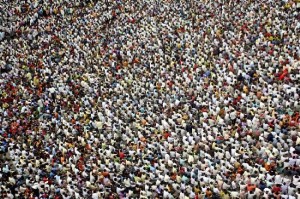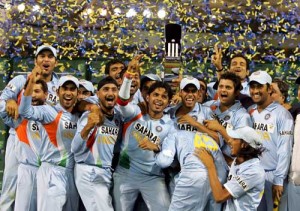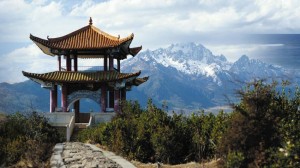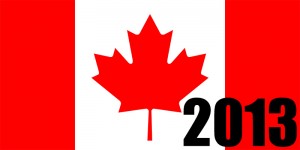 India Population 2013
India Population 2013
The current population of the Republic of India is estimated to be about 1.27 billion people, which is an increase of about 2.3% from the last record of the population. Historically over the last half of a century, the population of India has been less than the population of China. However, in recent years, the population of India has been increasing much more than the population of China has, so the population gap is slowing decreasing between the two countries. Based on the total land area and the total population of the country, the population density of India is about 1001 people per square mile.
Demographics of India
There are six main ethnic groups that make up the majority of the population of the Republic of India: Negritos, Austrics, Mongoloids, Dravidians, Western Bracycephals, and the Nordics. The Negritos is the oldest ethnic group in India, coming over from Africa. The Austrics came to India next and ended up creating the foundation for the country and the culture. There are two major languages in the country of India: Indo-Aryan and Dravidian. The majority of the population speaks Indo-Aryan, while only 24% of the population speaks Dravidian. There are other indigenous languages spoken among minority populations in the country.
Religion in India
The largest religious group in the Republic of India is Hinduism, which makes up about 80% of the population. In fact, Hinduism actually began in India. However, two other religions began in India: Buddhism and Jainism. However, only about 0.4% of the population identifies as a Jain and only about 0.7% of the population is Buddhist. Another religion found in India is Sikhism, which makes up about 2% of the population. Islam makes up about 12% of the population, which is the second largest religion in the country. Christianity only makes up about 2.5% of the population.
Animals of India
India is the home of hundreds of species of mammals, reptiles, and thousands of birds. The varied climate and landscape make it an ideal place for the wildlife. The rivers and the dense forests of the western India add to the ecosystem, encouraging further growth. To protect these animals, India has many wildlife sanctuaries and protection laws. Currently, there are about 80 national parks and 441 sanctuaries. One of the most famous of these is Project Tiger, intended to protect the Bengal tiger, India’s national animal.
Bengal tigers live in India and are sometimes called Indian tigers. There are smaller populations of Bengal tigers in Bangladesh, Nepal, Bhutan, China and Myanmar. It is the most numerous of all tiger subspecies with fewer than 2,500 left in the wild. The creation of India’s tiger reserves in the 1970s helped to stabilize numbers, but poaching to meet a growing demand from Asia in recent years has once again put the Bengal tiger at risk. They are the most common tiger and number about half of all wild tigers. Over many centuries they have become an important part of Indian tradition and lore. These tigers live alone and aggressively scent-mark large territories to keep their rivals away. They are powerful nocturnal hunters that travel many miles to find buffalo, deer, wild pigs, and other large mammals.
Languages in India
India has no official national language. The official language of the Union Government of Republic of India is Standard Hindi, while English is the secondary official language. The constitution of India states that “The official language of the Union shall be Hindi in Devanagari script” a position supported by a High Court ruling. However, languages listed in the Eighth Schedule of the Indian constitution are sometimes referred to, without legal standing, as the national languages of India. The top 10 languages spoken in India are Hindi, Bengali, Telugu, Marathim, Tamil, Urdu, Gujarati, Kannada, Malayalam, Oriya, and Punjabi.
 Sports in India
Sports in India
The most popular sport in the Republic of India is cricket. Cricket is the sport that anyone of any skill level will play and can play. In fact, cricket is considered to be the national sport. Another sport that is considered the national sport is hockey. The next most popular sport is chess. The All India Chess Federation governs chess and India produces some of the top chess players.
India’s Population Growth
Historical Population of India
The population of the Republic of India has historically over the last half of a century always increased. However, around 1975, the population started growing at a much larger rate and starting closing the population gap between China and itself.
| Year | Population (millions) |
| 1960 | 447.8 |
| 1965 | 496.4 |
| 1970 | 553.9 |
| 1975 | 622.1 |
| 1980 | 700.1 |
| 1985 | 784.5 |
| 1990 | 873.8 |
| 1995 | 964.5 |
| 2000 | 1,054 |
| 2005 | 1,140 |
| 2010 | 1,225 |
| 2011 | 1,241 |
Projected Population of India
The population of the Republic of India is expected to continue its high growth rates due to the high birth rates in comparison to the death rates. The birth rates range from 21.3 births per 1000 people to about 12.8 births per 1000 people. However, the death rates only range from about 7.8 deaths per 1000 people to about 9.5 deaths per 1000 people. Despite the projected population growth, the net migration remain will remain negative throughout the next 37 years.
| Year | Population (millions) | Percent Increase |
| 2015 | 1,307.337 | 2.9% |
| 2020 | 1,385.193 | 5.96% |
| 2025 | 1,456.682 | 5.2% |
| 2030 | 1,520.586 | 4.4% |
| 2035 | 1,575.707 | 3.6% |
| 2040 | 1,621.638 | 2.9% |
| 2045 | 1,657.966 | 2.2% |
| 2050 | 1,684.197 | 1.6% |



 China Population 2013
China Population 2013 Sports in China
Sports in China
